| Protologue: |
Flora of Tropical Africa 7(3): 577 (1898). |
| New Combination: |
Kew Bulletin 41: 58 (1986). |
| Subgenus: |
Capitulatus |
| Group: |
Sansevieria stuckyi |
| Etymology: |
This species is named for Dr. Gustav A. Fischer, a 19th century German doctor and naturalist who practiced medicine in Zanzibar and explored in Tanzania and Kenya. |
| Distribution: |
Southern Ethiopia and Somalia southwards into eastern Kenya and northeastern Tanzania. |
| Brief Description: |
An acaulescent, rhizomatous perennial, with leaves arising singly along the rhizome, each leaf is erect and cylindrical with 4 - 6 longitudinal grooves. The leaf length is highly variable, ranging from 45-240 cm with a width of 1.8 cm, and the epidermis is variable as well, ranging from dull greyish-green or bluish-green to brighter green with pale green transverse bands when young. The leaf has a shallow channel that extends to nearly its full length. The tip is stout and sharp, and the surface is slightly rough. The capitate inflorescence is at ground level up to 10 cm high. |
| Similar Species: |
The only species similar to Sansevieria fischeri is S. stuckyi, which occurs much farther south in Mozambique, Botswana, and Zimbabwe. These species are considered distinct based on their inflorescences. An obsolete name Sansevieria singularis is still used in the horticultural trade for this species. |
| |
| |
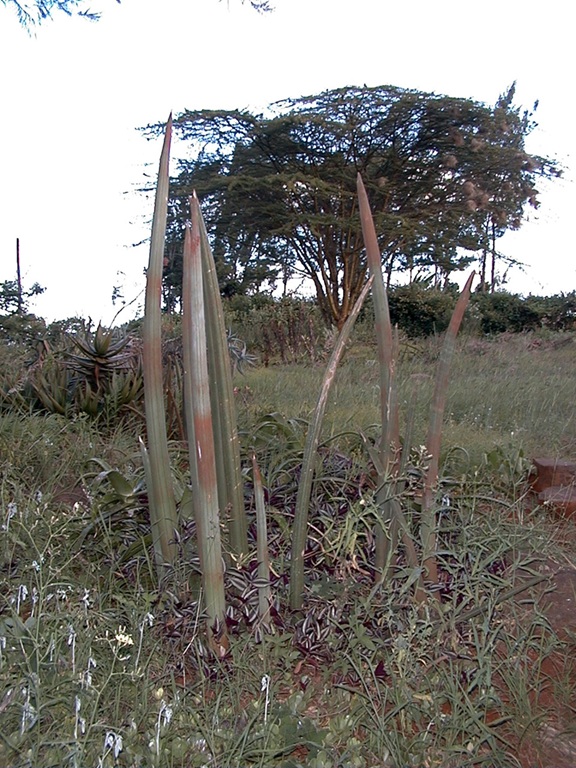
in Len Newton’s garden in Nairobi, Kenya.
|
| |
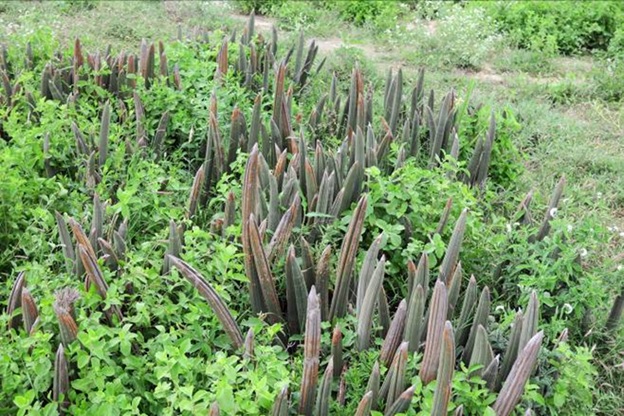
A short and stout form of Sansevieria fischeri at a site east of Arusha, Tanzania.
|
| |
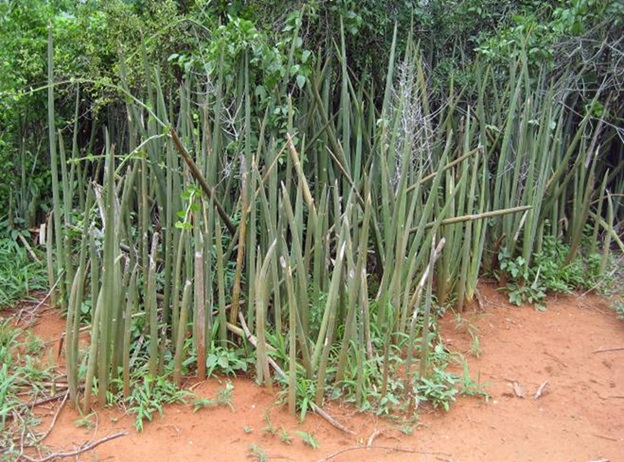
A taller and thinner form of Sansevieria fischeri in a dense stand near Ndungu, Tanzania.
|
| |
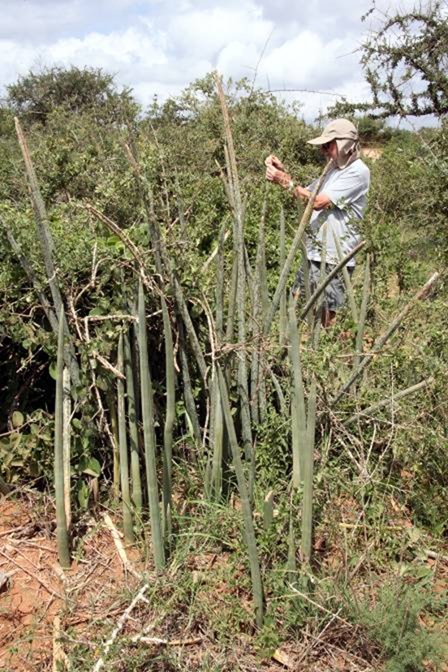
Len Newton standing behind a stand of Sansevieria fischeri near Maktau, Kenya.
|
| |
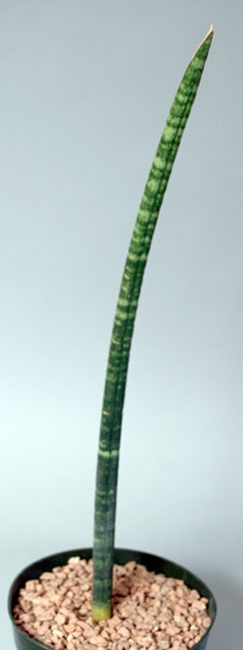
Sansevieria fischeri in cultivation, propagated from material originally collected north of Mangaea, Kenya.
|

